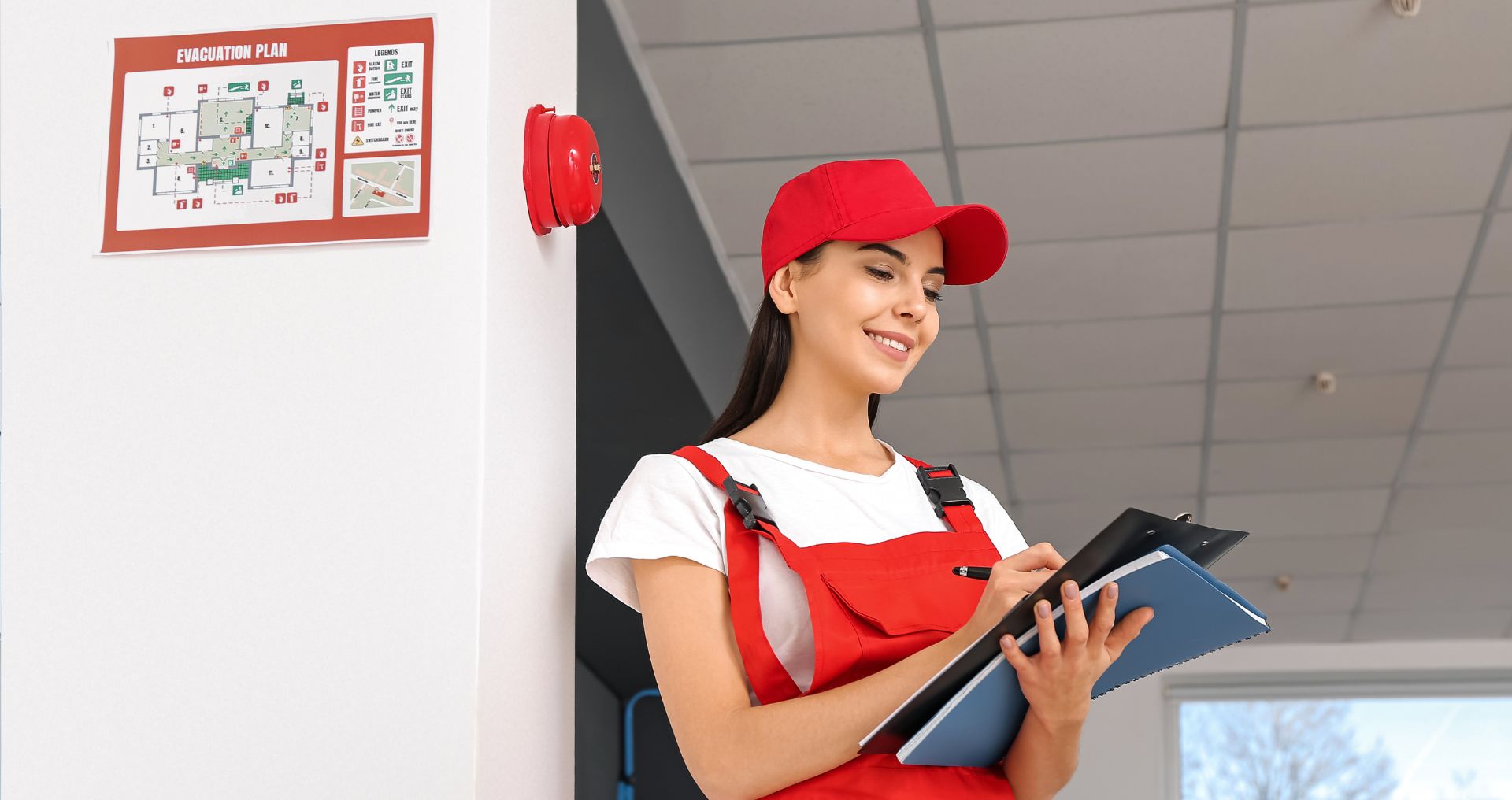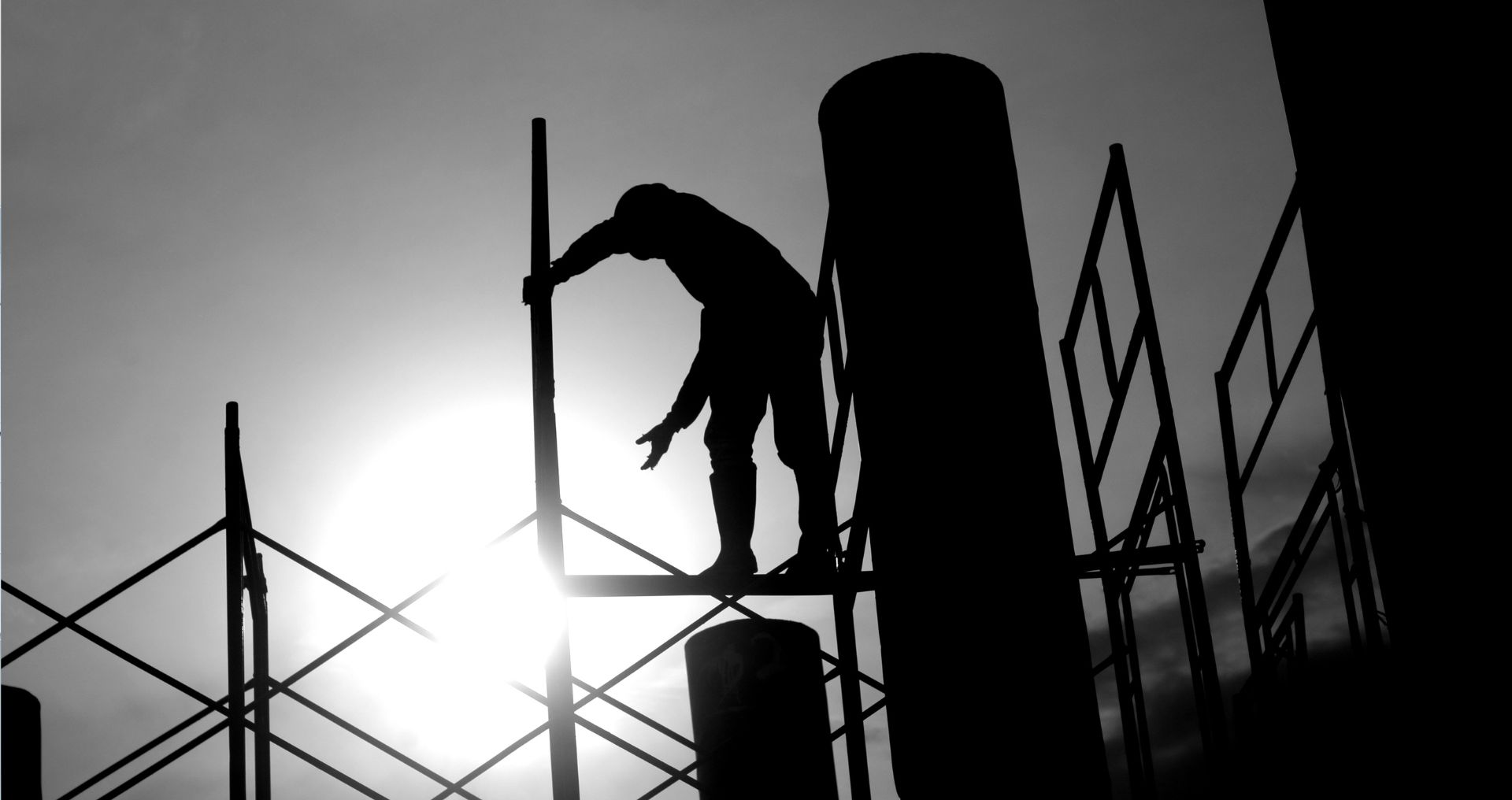Ensuring worker's safety is paramount when it comes to construction, maintenance, and repair work on buildings in Sydney. Among the various safety measures,
roof anchor points stand out as a critical component for safeguarding workers who need to access rooftops for various tasks.
These anchor points are not just a convenience; they are necessary to prevent accidents, save lives, and keep businesses in compliance with safety regulations.
Preventing Falls & Accidents
Roof work involves a certain level of risk due to the heights involved, uneven surfaces, and the potential for slipping. Falls from heights remain one of the leading causes of workplace injuries and fatalities.
Roof anchor points provide a secure and reliable attachment point for personal fall arrest systems, such as harnesses and lanyards. By connecting these systems to anchor points, workers can move freely on the roof while being protected from falling off.
Facilitating Efficient Work
Workers need the freedom to move around the roof safely for maintenance, inspections, repairs and installations. Roof anchor points allow workers to concentrate on their tasks without constantly worrying about their safety.
This level of confidence enhances worker productivity and ensures that the work is completed to a high standard, as workers are not rushed due to safety concerns.
Meeting Regulatory Requirements

Government agencies and industry organisations have established strict regulations and standards for workplace safety, particularly when it comes to working at heights. Employers are legally obligated to provide a safe working environment for their employees.
Failing to comply with safety regulations can lead to hefty fines, legal troubles, and reputational damage for companies. Part two of the
Work Health and Safety Act 2011 states the following penalties for failure to comply with work health and safety duties:
Category 2 – Failure to comply with health & safety duty
The maximum penalty can include:
$150,000, imprisonment for 5 years or both for an individual
$300,000, imprisonment for 5 years or both for an individual as a person in control of a business or undertaking or as an officer or
$1,500,000 for a body corporate
Category 3 – Failure to comply with health & safety duty
The maximum penalty can include:
$50,000, imprisonment for five years or both for an individual
$100,000, imprisonment for five years or both for an individual as a person in control of a business or undertaking or as an officer or
$500,000 for a body corporate
Roof anchor points are a key element in adhering to these regulations and demonstrating a commitment to worker safety.
Versatility & Adaptability
Roof anchor points come in various forms, such as permanent and temporary. They are designed to accommodate a wide range of work scenarios and environments. They can be installed on various types of roofs, such as flat, sloped or pitched roofs, as well as on walls and other structures.This versatility ensures that workers can be protected regardless of the specific characteristics of the worksite. Moreover, the flexibility of roof anchor points allows for the creation of safe working zones in locations that might otherwise be deemed inaccessible or too hazardous.
Peace of Mind for Workers
Imagine being a worker suspended high above the ground to perform a critical task. The only thing standing between you and a potential fall is your safety harness attached to a roof anchor point. In this scenario, the necessity of roof anchor points becomes palpable.
These anchor points provide more than just physical security; they offer peace of mind to workers. When employees know that they have a reliable attachment point, they can focus on their tasks, boost their productivity, and experience reduced stress associated with the dangers of working at heights.
Creating a Safety Culture
The presence of roof anchor points signals a commitment to safety within an organisation. It sets the tone for a safety-conscious culture where workers feel valued and protected. This culture, in turn, can lead to improved employee morale, increased job satisfaction, and higher retention rates.
When employees see that their well-being is a priority, they are likelier to engage with safety protocols, follow guidelines, and contribute to a safer working environment overall.
Different Types of Roof Anchor Points
In the world of occupational safety, the importance of roof anchor points cannot be overstated. Choosing the correct type of anchor point is crucial to establishing a robust fall protection system that meets safety standards and guarantees the well-being of those who work at heights. Here are some of the best types of roof anchor points available:
Single D-Ring Roof Anchor Points
A single D-ring anchor point is typically a metal loop shaped like a "D" securely fastened to the roof structure. Workers can connect their harnesses to the D-ring using a lanyard, effectively creating a reliable tie-off point. These anchor points are often used when a single worker needs to perform a task, such as maintenance or inspection.
Multi D-Ring Roof Anchor Points
When multiple workers need to access different roof areas simultaneously, a multi D-ring anchor comes into play. As the name suggests, this system consists of several D-rings attached to a centralised anchor plate. Multi D-ring anchor points are ideal for larger roof spaces or when multiple tasks must be carried out simultaneously.
Swivelling Roof Anchor Points
Some tasks require a greater range of movement and flexibility. Swivelling roof anchor points are designed to provide this freedom of movement while maintaining a secure connection. These anchor points feature a rotating mechanism that allows the worker to move in various directions without tangling the lifeline. This feature is handy when tasks involve reaching different areas of a rooftop or require complex manoeuvres.
Permanent Roof Anchor Points
Permanent anchor points are designed to be permanently affixed to a building's structure. They are typically installed during construction and can serve as a long-term fall protection solution. Permanent anchor points come in various configurations, such as single-point anchors, multi-point anchors, and horizontal lifeline systems. Their durability and reliability make them a preferred choice for buildings where ongoing maintenance and elevated work are frequent.
Conclusion
In elevated work environments, the necessity of roof anchor points cannot be overstated. These unassuming fixtures are pivotal in preventing falls, complying with safety regulations, ensuring legal adherence, and fostering a safety-focused culture.
By providing secure tie-off points,
roof anchor points offer workers physical protection and peace of mind, ultimately contributing to increased productivity and overall well-being. When organisations prioritise installing and properly using roof anchor points, they are investing in the safety of their workforce and setting the stage for a secure and prosperous future.



